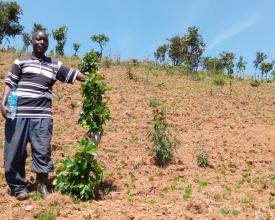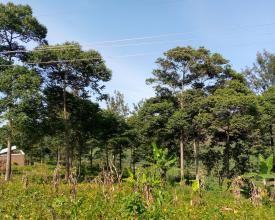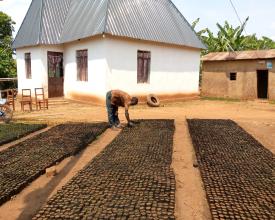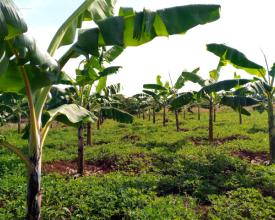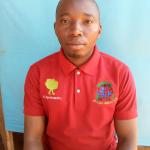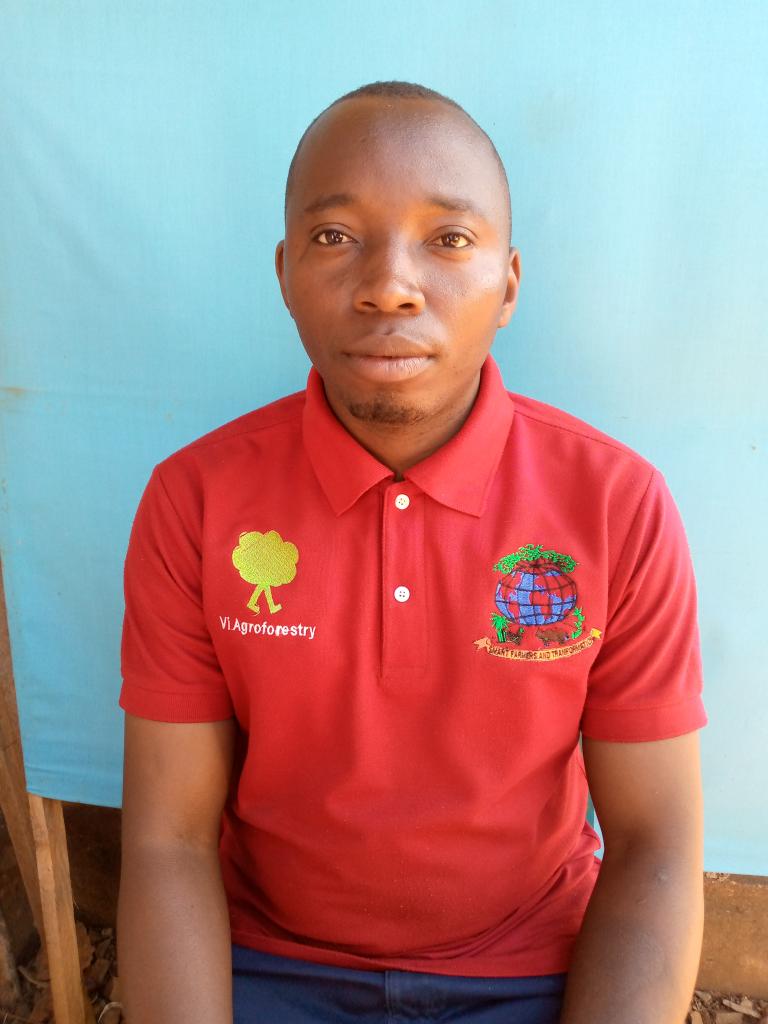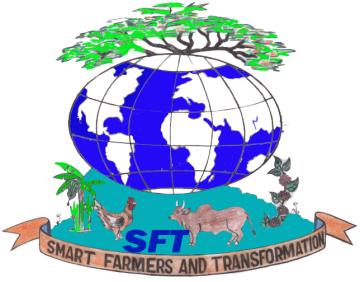
Promoting of Agroforestry and Conservation Agriculture for the Farmers near Conserved areas in Kagera Region
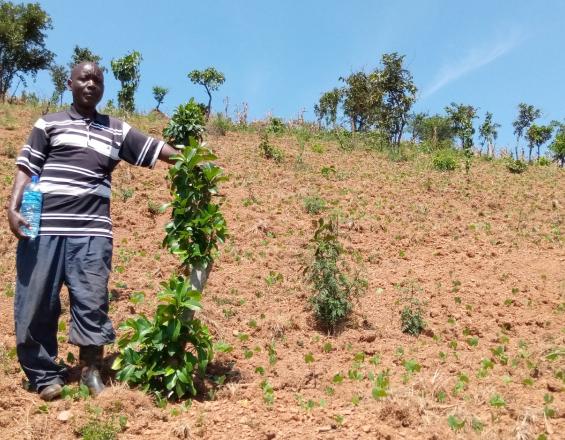
Kagera region is covered by 2458023 people out of which 1205683 are male and 1252340 are female. This region covers 25265 square kilometres according to the national census provided by the regional statistics officer Mtalemwa in 2016.
This area contains four national parks: Rubondo Island crossing two Geita and Kagera, Burigi Chato National Park crossing Kagera and Geita, Rumanyika - Karagwe National Park crossing Kagera region and Ibanda - Kyerwa found in Kagera region. These areas cover 5956.6 square kilometres (Tanzania National Park. www.tanzaniaparks.go.tz)
This area has been affected by poaching and shifting cultivation by small-scale farmers in the area. Poverty and inadequate knowledge are the main problems that force people to enter the conserved areas for illegal hunting and agricultural cultivation.
According to the Tanzania National Park, 25000 animals have died as a result of poaching and almost 854.9 square kilometres have been left uncovered due to human activities.
Context
Challenges addressed
- inadequate knowledge on conservation sustainable agriculture
- Inadequate awereness on climate change adaptation and mitigation
- Poor participation of women and youth in decision making at the household level
- Inadequate community awareness about the conservation of protected areas and wildlife sactuaries
- Poverty, that lead to inadequate food security
Location
Process
Summary of the process
All of these approaches aims to create income to farmers hence protecting and restoring the environment.
Agroforestry will be able to produce enough food and animal production for stew hence planting the trees at the same time and by doing so they will avoid shifting cultivation that causes environmental degradation. They will also stop poaching which will boost more sustainability for wild animals.
Building Blocks
Agroforesty based approach
Through agroforestry farmers will be able to produce crops, animal keeping and tree plantation at the same time. This will help them to have food security, economic stabilization and conservation of the environment.
Enabling factors
- Availability of Transportation means
- Farmers willingness
- Postive perception of governmental local aouthorities
- Availability of Human resources
- Availability of Fund
Lesson learned
For the period we practised agroforestry in the community the economic growth of the beneficiaries have grew from 10% to 30%.
The farmers livelihood have improved and by end of 2020, farmers have not reported the lack of food from project area
Awareness on Climate change adaptation and mitigation approach
During cultivation farmers will be involving in tree planting to recover the deforested areas. This will be done parallel to practicing Sustainable Agricultural Land Management that involves recovering of soil and other maintainance practises done on the land surface during cultivation.
Enabling factors
- Presence of area for replanting
- Availability of tree seedlings
- willingness of the nursery producers
- Availability of fund for daily secondary nursery management
- Availability of human resource
Lesson learned
In the area we already implemented the project, this become success due to the awareness created and enhanced capacity of farmers on climate change adaptation and mitigation.
For only this two years of implementing this project about 400000 trees were planted by smallholder farmers and 15000 hactors were cultivated under sustainable agriculture.
Impacts
- Meaningful participation of women and young people in leadership and decision making at partners organization level
- Increased production of smallholder farmers through sustainable agriculture
- Increased income of smallholder farmers through financial services, value addition and markets
Beneficiaries
This project will be implemented in Kagera region whereby 973500 smallholder farmers will benefitis with solution. Within this smallholder farmers 350000 will be male adult, 115000 male youth, 400000 women adult and 108500 will be female youth.
Sustainable Development Goals
Story
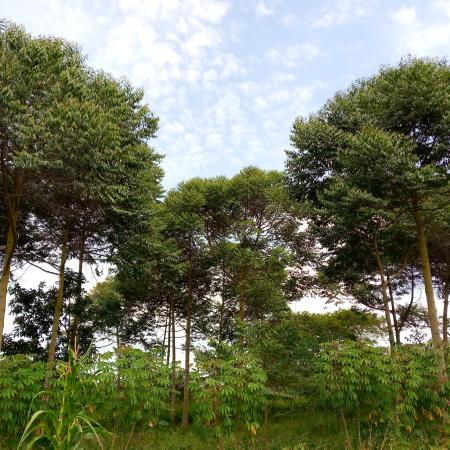
Agroforestry and sustainable agriculture have been promoted by Smart fatmers and transformation since 2020 through the ALIVE programme spounsored by VI agroforestry Tanzania. This project involves planting trees and growing crops. The promotion of sustainable agricultural land management practices has encouraged the economy of smallholder farmers. 881 farmers in Karagwe district have benefited from this project and 400,000 ecological trees have been planted.

